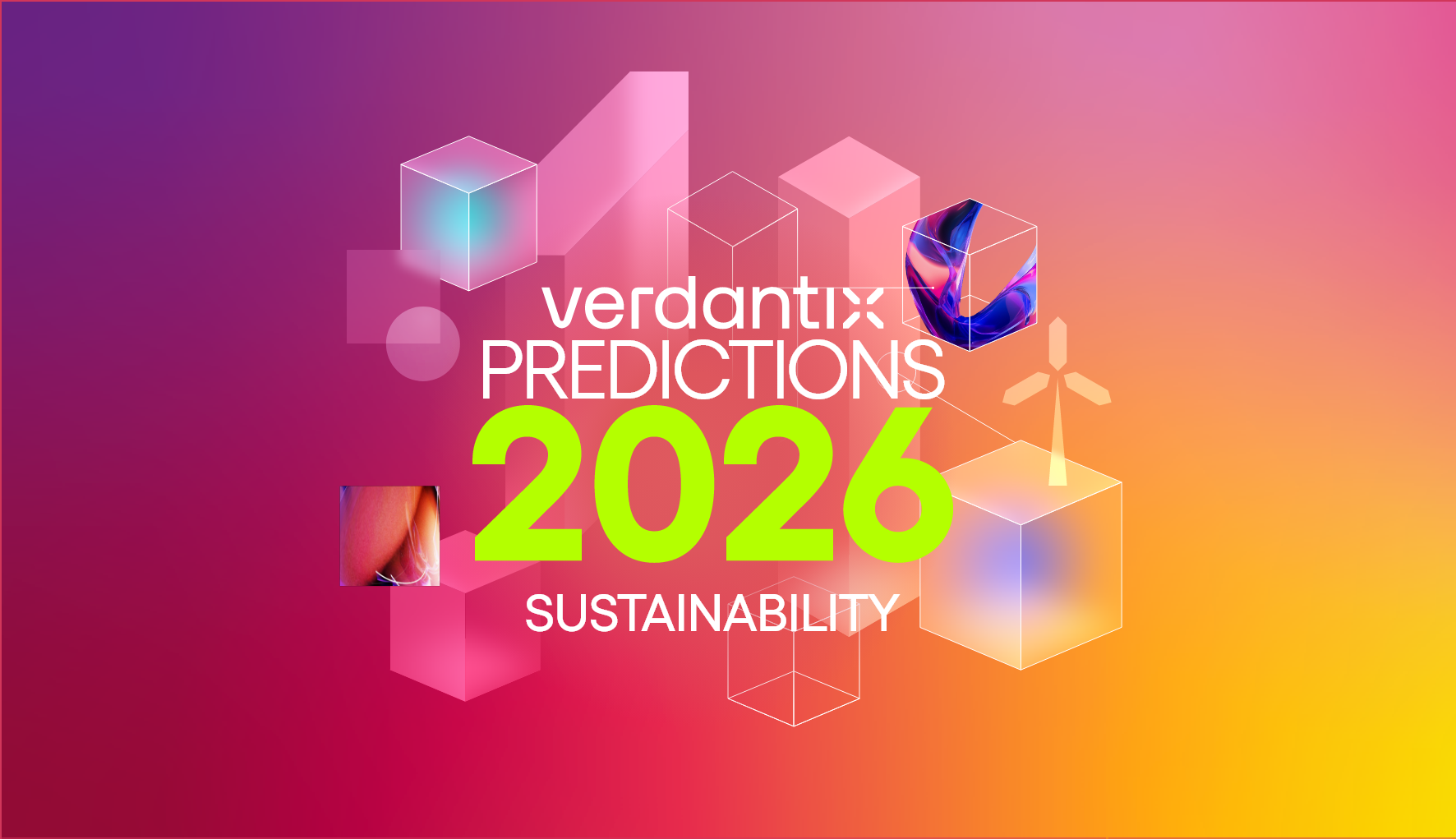The ISSB Sets The Stage For Industry-Specific Climate Disclosures
As of August 1st, 2022, the IFRS has consolidated the Value Reporting Foundation (VRF) into the IFRS Foundation. This is a key development in the journey towards reconciled financial statements and sustainability-related financial disclosures – such as those proposed by the TCFD (see Verdantix Strategic Focus: Integrating ESG into Financial Disclosures). In practical terms, this means that the IFRS, which governs the new International Sustainability Standards Board (ISSB), now additionally governs the SASB standards. Why is this significant? In simple terms, it casts the utility of other frameworks into question, such as the GRI; more notably, however, SASB’s industry-focused approach is a key tenant of the ISSB’s proposed ‘general’ sustainability -related disclosure requirements, and the ISSB’s specific climate-related disclosure requirements.
The ISSB has made clear its intent to embed industry-based approaches into both of its disclosure proposals. This is not the only difference between the ISSB’s climate disclosure proposal and the TCFD Recommendations. Generally speaking, the ISSB proposes enhanced detail and scope in climate-related disclosures when compared to the TCFD recommendations. ISSB additional requirements include:
- Governance: Specific information concerning governance bodies, said bodies’ identity, responsibilities, competencies;
- Strategy: How strategy and plans will be resourced, with relevance to shifting financial position and performance;
- Climate risks: Input parameters used to identify climate risks, including data sources;
- Scope 3: Mandatory scope 3 emissions disclosure.
One key area of difference concerns the TCFD Recommended Disclosure a) under the ‘Metrics and Targets’ pillar, which covers the metrics used to assess climate-related risks and opportunities. The ISSB accepts the TCFD cross-industry metrics, but supplements these with required disclosure of industry-based metrics. This is a prominent example of the SASB Methodology impacting future disclosure trends and influencing ISSB’s requirements. For example, under the recent ISSB proposal, metals and mining firms will have to disclose metrics covering water management, scope 1 strategy planning, and percentage of scope 1 emissions covered by regulation.
This integration is significant for firms that must create or implement strategies to effectively produce climate-related disclosures and align themselves with TCFD-derived regulations. It is likely that the ISSB will become the de facto standard for both general sustainability and climate related disclosures. For example, the Canadian Securities Administrators (CSA) have publicly stated that they are considering delaying the release of their own regulated climate disclosures to better integrate ISSB requirements and ensure both are compatible. Furthermore, even if regional climate related disclosures differ significantly from the ISSB’s disclosure standards, investors are likely to demand disclosures in line with the ISSB.
What does this mean for firms? Firstly, data management solutions should evolve solutions to provide an industry-first approach to disclosure management. Vendors should expect corporates to preferentially select solutions that are tailored to managing the specific metrics required for their industry. Currently, carbon management solutions have yet to create the advanced data infrastructures necessary to manage detailed carbon disclosures. This is natural, considering that regional and regulated climate disclosures are in their infancy. Expect the market to undergo a tectonic shift as the ISSB releases its guidelines, as corporates select vendors with functionality to aid in the management of industry - specific metrics, and professional services firms with asset-specific decarbonization expertise.
About The Author

Connor Taylor
Principal Analyst





